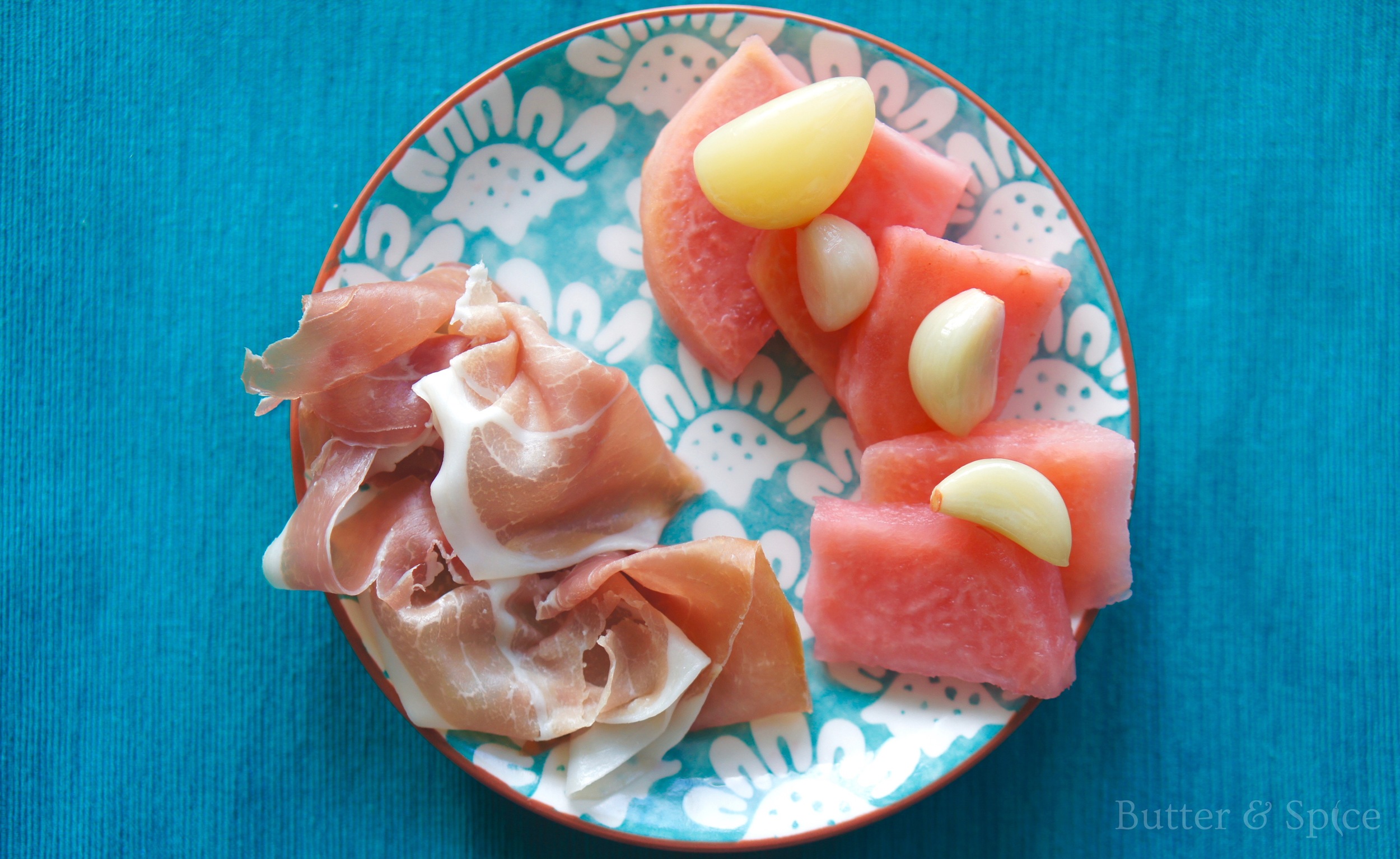Pickled Vegetables
Pickled/Fermented Vegetables
If there is one thing that modern diets, especially high sugar ones, are infamous for, it's killing all the good gut bacteria. This bacteria helps ferment the remaining carbohydrates in our intestines and keep us healthy in the process. Nevertheless, recently there has been talk about keto being detrimental to gut health due to its scarcity in carbohydrates. No carbs = nothing for the bacteria to feast on.
The one way to go around this is to introduce plenty of fermented vegetables into your diet. Not pickled, like the ones you buy jarred in every grocery store (I absolutely love baby gherkins), but fermented in nothing else but plain water and salt. No, don't close the page just yet; this is a process that has been used for hundreds of years to preserve vegetables for the cold winter months. My grandmother used to make huge barrels of fermented cabbage (similar to sauerkraut) and assorted vegetables and other countries like Korea or Japan have a long tradition of fermenting their vegetables.
Fermenting vegetables is the easiest process you can imagine. All you need is a good clean jar (I reuse old ones that I just wash really well with hot, soapy water), sea salt and the vegetables. I really like a mixture of kohlrabi, daikon, turnips and garlic, but cauliflower, cabbage and radishes work very well too.
Ingredients
- 1 tbsp sea salt for every quart of water
- Vegetables (1/2 inch thick slices)
- Mason or any glass jar
- Any spices you like, mustard and dill seeds work very well.
Instructions
- Mix the salt with the water until the salt has dissolved. Put the vegetables, cut into 1/2 inch thick slices, into the jar and pack them down as much as you can. Pour the salty water over them until the water covers the vegetables fully.
- Now here comes the tricky part. You need to weigh down the vegetables so that they are completely submerged. I used an apple sauce container and a mesh taken from a store-bought pickle jar. My grandmother used a heavy rock that she had scrubbed really well and that she kept as a sort of treasure. Anything works really; I have seen people use another skinnier jar full of water, but I prefer being able to put the lid on my jars. You can also buy pickling kits online.
- Keep the vegetables submerged in the jar for about 7 to 8 days. It can take longer depending on the temperature in your house. They do not need to be kept in a dark location and they prefer warmer places. I keep mine on the counter next to the stove. My father insisted on opening the jar daily so that it won't burst with all the extra carbon dioxide from fermentation, but I didn't really do it and they turned out great.
- This particular batch of vegetables, I used kohlrabi, turnips and garlic. The pink hue is from the turnips. My favorite taste from childhood was the pickled garlic my grandmother used to make and this certainly does bring back memories.
- After a few days, you will start seeing small bubbles form inside the jar; this means magic is happening and the bacteria has started to feed on the carbs in the vegetables. A few days later you can taste your veggies. You can keep them out longer for a more sour taste or put them in the fridge once they have achieved the desired fermentation.








